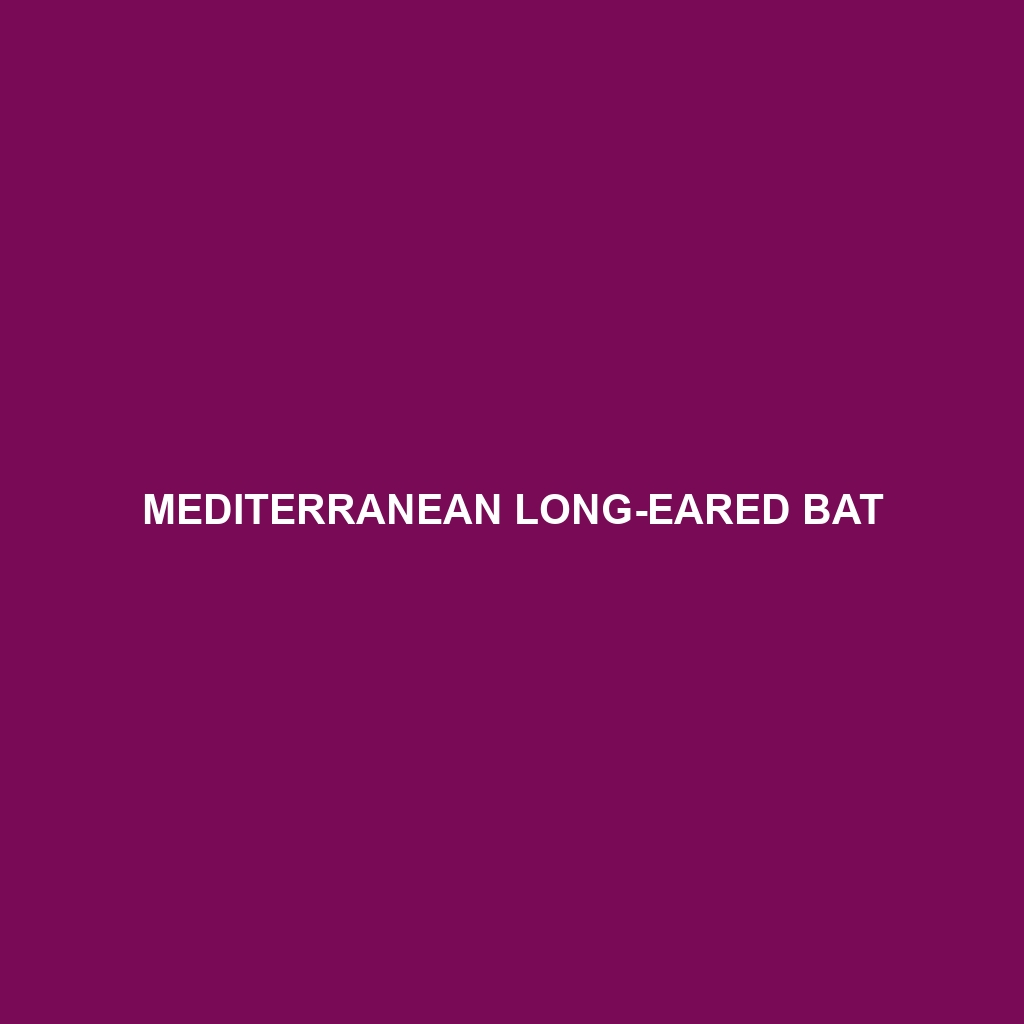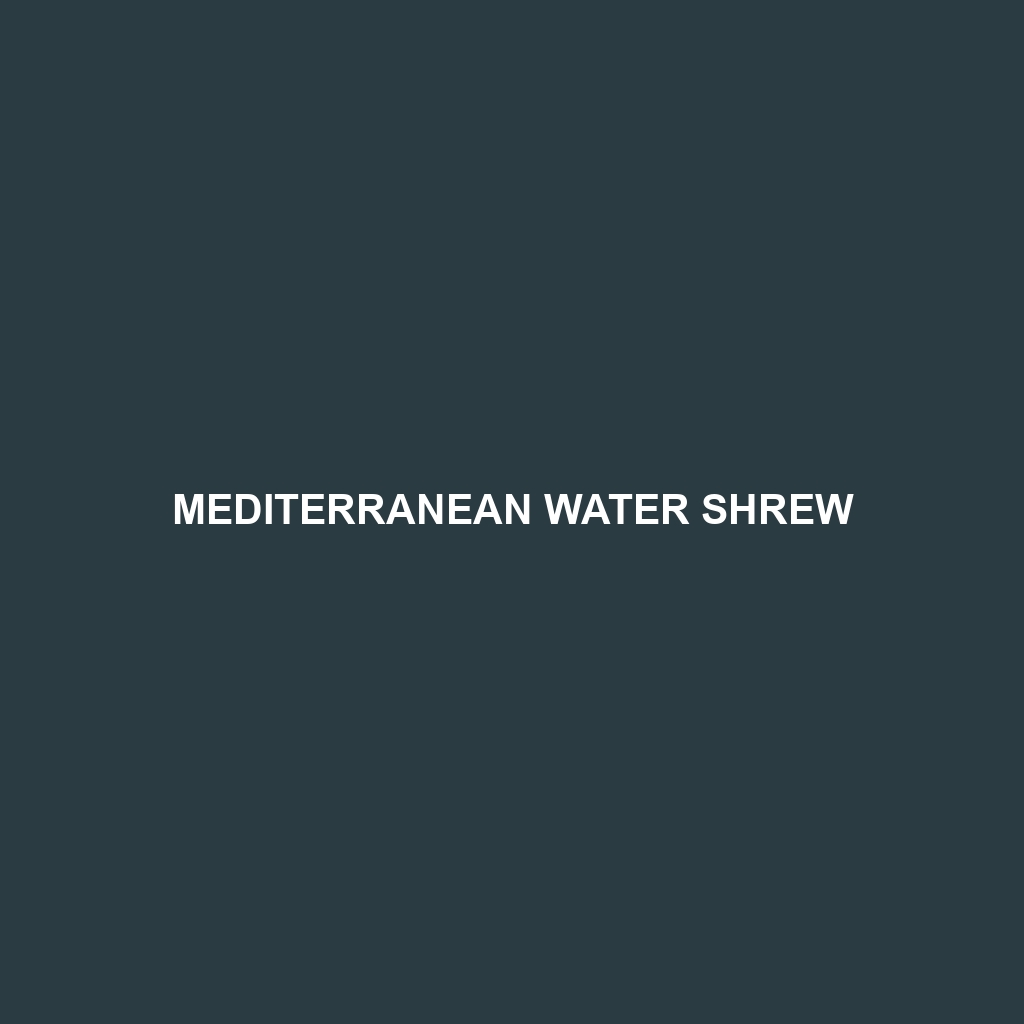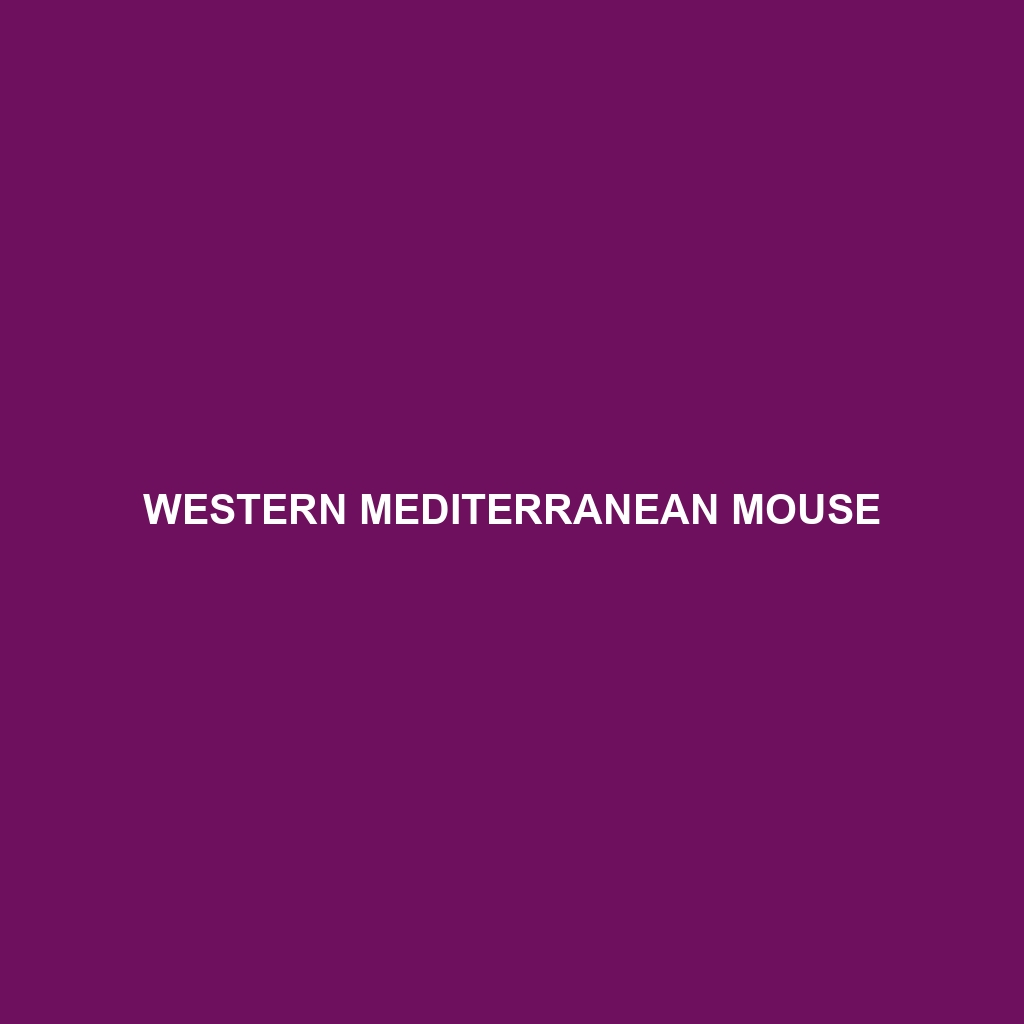Discover the fascinating Podarcis siculus, or Italian wall lizard, known for its adaptability across diverse southern European habitats. This strikingly colored insectivore thrives in sunny environments, showcasing remarkable behaviors such as territorial displays and rapid movement, making it a captivating subject for study.
Tag: southern Europe
Mauremys leprosa
Discover the Mediterranean pond turtle, <b>Mauremys leprosa</b>, a semi-aquatic species thriving in southern European freshwater habitats, characterized by its distinctive dark brown to olive carapace, long neck for foraging, and an omnivorous diet. This vulnerable species plays a crucial role in maintaining aquatic ecosystems, contributing to biodiversity as both herbivore and scavenger.
Eryx jaculus
Common Name Eryx jaculus Scientific Name Eryx jaculus Habitat Eryx jaculus, commonly known as the sand boa, is primarily found in various arid regions across North Africa, the Middle East, and parts of Southern Europe. This species thrives in environments with loose, sandy soils, which enable it to burrow efficiently. Typical habitats include deserts and […]
Eirenis occidentalis
Discover the fascinating <b>Eirenis occidentalis</b>, a non-venomous snake thriving in the arid regions of the Western Mediterranean, known for its slender body, effective camouflage, and nocturnal behavior as an insectivore. This species plays a crucial role in maintaining ecosystem balance by controlling insect populations while serving as prey for larger predators.
Cadorna’s Pipistrelle
Discover the fascinating world of Cadorna's Pipistrelle, a small bat species found across southern Europe and parts of Asia. Known for its pointed ears and agile flight, this nocturnal creature plays a crucial role in controlling insect populations while facing threats from habitat loss and climate change. Learn about their unique behaviors, breeding patterns, and the importance of conservation efforts to protect this "Near Threatened" species.
Geoffroy’s Myotis
Discover the fascinating world of Geoffroy's Myotis (Myotis emarginatus), a medium-sized bat thriving in temperate woodlands and shrublands across southern Europe, northern Africa, and parts of the Middle East. Known for their remarkable echolocation skills and unique heart-shaped nose leaf, these nocturnal creatures play a vital role in controlling insect populations, showcasing the importance of conserving their habitats amidst various ecological threats.
Mediterranean Long-eared Bat
Discover the fascinating world of the Mediterranean Long-eared Bat (Otonycteris hemprichii), a nocturnal insectivore that thrives in diverse habitats across Southern Europe, North Africa, and the Middle East. With its distinctive large ears and agile flight patterns, this vulnerable species plays a crucial role in natural pest control and ecosystem health. Learn about its behaviors, reproduction, and the conservation efforts needed to protect this remarkable bat.
Roman Mole
Discover the fascinating world of the Roman Mole (*Talpa romana*), a solitary and nocturnal insectivore native to southern and eastern Europe. With its unique digging capabilities and role in soil aeration, this small mammal plays a crucial part in maintaining ecosystem health. Learn about its habitat, diet, and reproductive habits, as well as the conservation challenges it faces in today's changing environment.
Mediterranean Water Shrew
Discover the fascinating Mediterranean Water Shrew, scientifically known as *Mygaleus mediterraneus*, a unique semi-aquatic mammal thriving in the lush coastal wetlands of Southern Europe. With its remarkable adaptations for swimming, nocturnal foraging behavior, and vital role in maintaining ecological balance, this vulnerable species faces threats from habitat loss. Explore our blog post to learn more about its habitat, diet, reproduction, and conservation efforts crucial for its survival.
Western Mediterranean Mouse
Discover the fascinating world of the **Western Mediterranean Mouse**—a resilient species found in the coastal regions of Southern Europe. This nocturnal omnivore plays a critical role in its ecosystem, aiding in seed dispersal and soil health, while its charming physical traits and social behaviors provide a unique glimpse into the richness of Mediterranean wildlife. Learn more about its habitat, diet, reproduction, and conservation status in our latest blog post.









